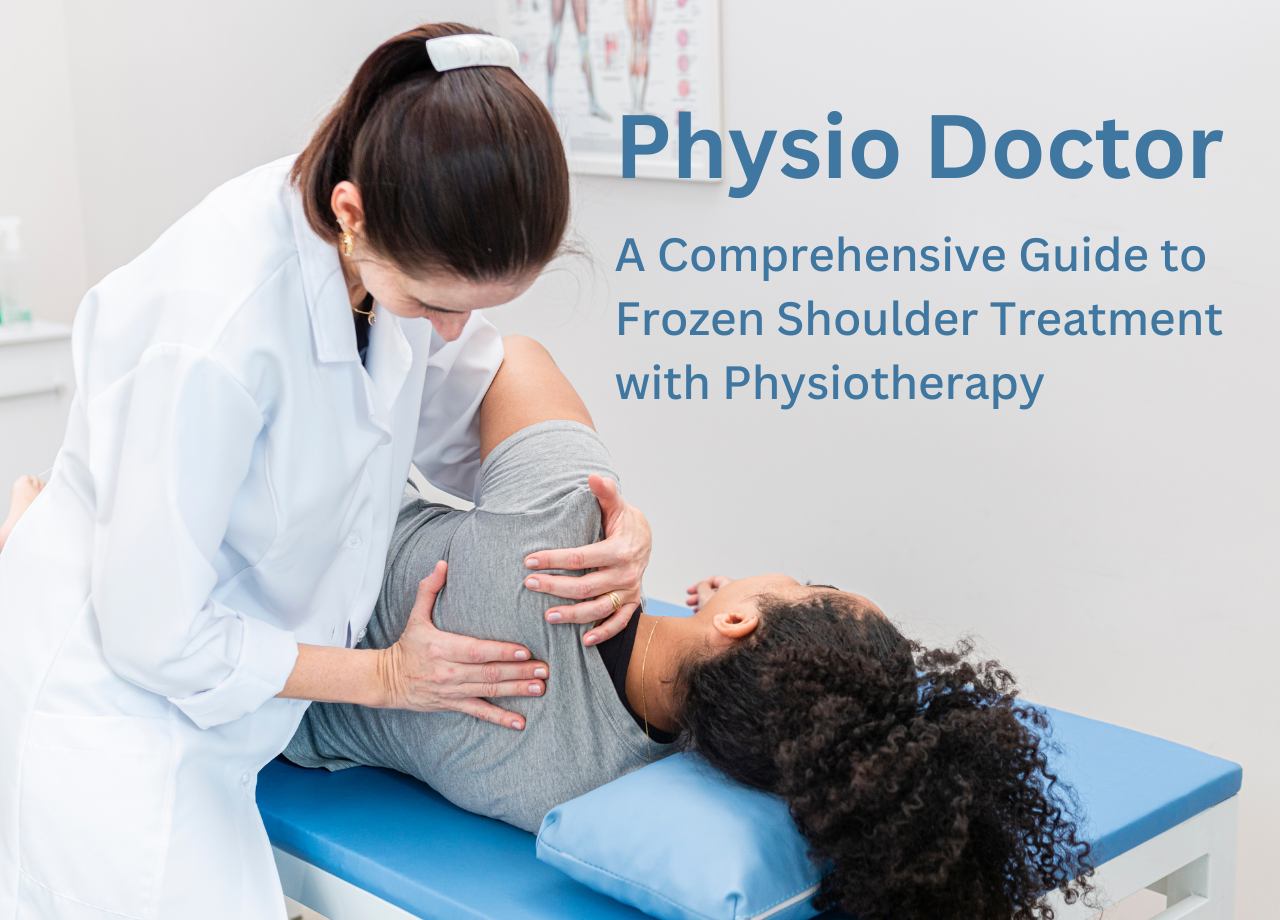Dealing with the discomfort and restricted mobility of a frozen shoulder can be challenging. In this guide, we’ll explore the benefits of physiotherapy as a key component in the treatment of frozen shoulder. Discover how this holistic approach can provide relief, improve range of motion, and bring back the joy of pain-free movement.
Understanding Frozen Shoulder
Frozen shoulder, or adhesive capsulitis, is characterized by pain, stiffness, and limited mobility in the shoulder joint. It often develops gradually and can significantly impact daily activities. While medical interventions may be necessary, physiotherapy plays a pivotal role in the overall treatment plan.
The Role of Physiotherapy in Treatment
Physiotherapy offers a non-invasive and effective approach to managing frozen shoulder. Let’s delve into the key components of physiotherapy that contribute to the alleviation of symptoms and the restoration of shoulder function.
Pain Management
Physiotherapists employ various techniques to manage pain associated with frozen shoulder. Through gentle exercises, manual therapy, and modalities such as heat therapy, they aim to reduce discomfort and improve the overall well-being of the patient.
Range of Motion Exercises
One of the primary goals of physiotherapy is to enhance the range of motion in the affected shoulder. Customized exercises, tailored to the individual’s condition, gradually improve flexibility and reduce stiffness.
Strengthening Exercises
Physiotherapists design strengthening exercises to target the muscles surrounding the shoulder joint. Building strength in these muscles contributes to overall stability and aids in the restoration of function.
Joint Mobilization
Manual therapy, including joint mobilization, is a hands-on approach employed by physiotherapists to improve the mobility of the shoulder joint. This technique is instrumental in reducing stiffness and enhancing flexibility.
Posture Correction
Addressing posture issues is an integral part of physiotherapy. Improving posture helps reduce stress on the shoulder joint, contributing to better movement and an overall improvement in the patient’s condition.
Patient Education
Physiotherapists educate patients about the nature of frozen shoulder, the importance of adherence to the treatment plan, and strategies for managing symptoms independently. Empowering patients with knowledge enables them to actively participate in their recovery.
Conclusion
In conclusion, physiotherapy emerges as a cornerstone in the comprehensive treatment of frozen shoulder. By addressing pain, improving range of motion, and promoting overall shoulder health, physiotherapists play a crucial role in enhancing the quality of life for individuals dealing with this condition. If you or someone you know is grappling with a frozen shoulder, consider the transformative power of physiotherapy to unlock relief and restore pain-free movement. Consult with a qualified physiotherapist to embark on your journey toward a healthier, more mobile shoulder.







